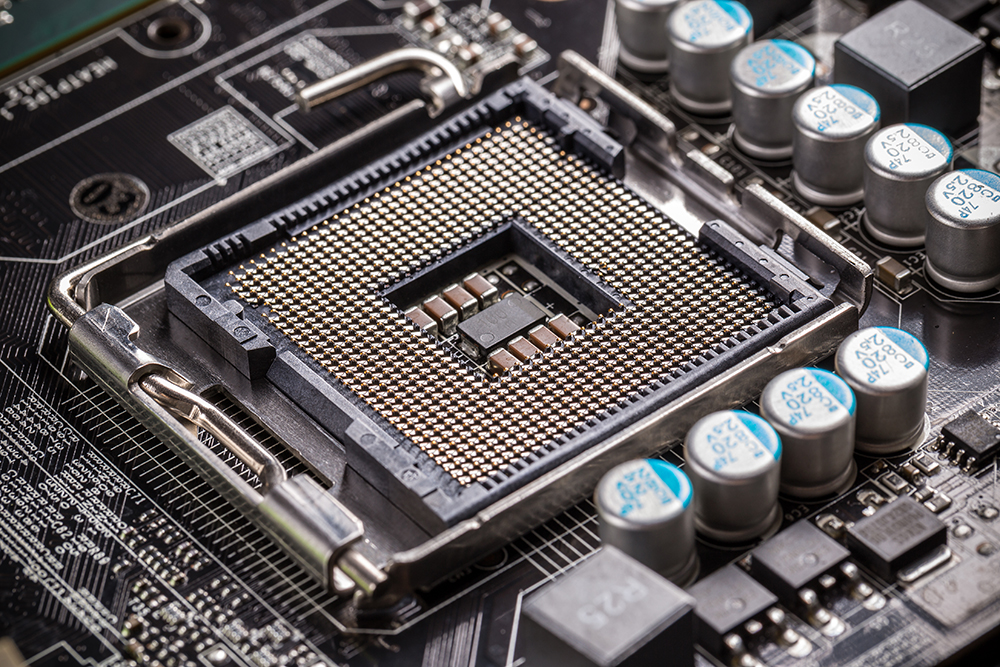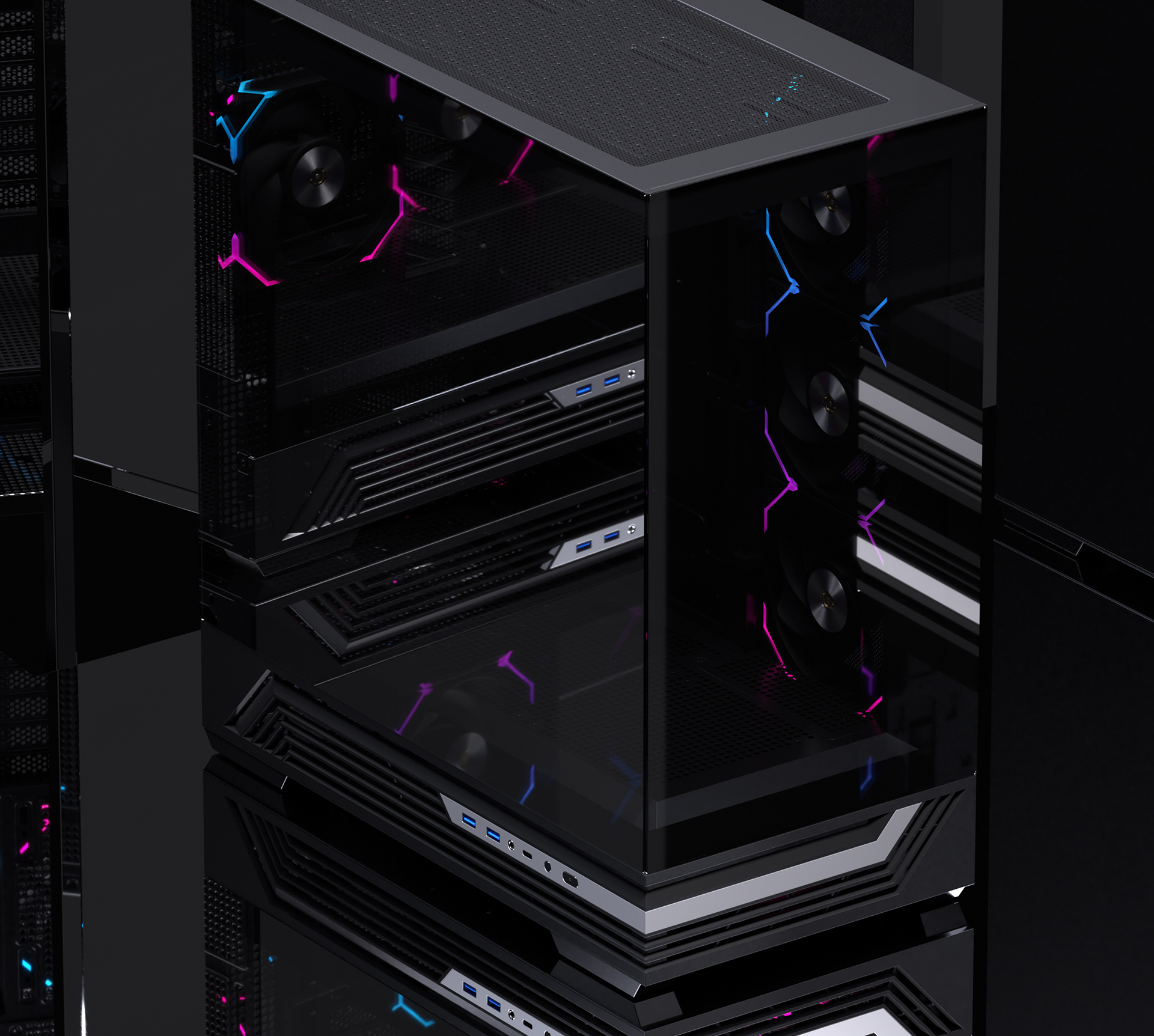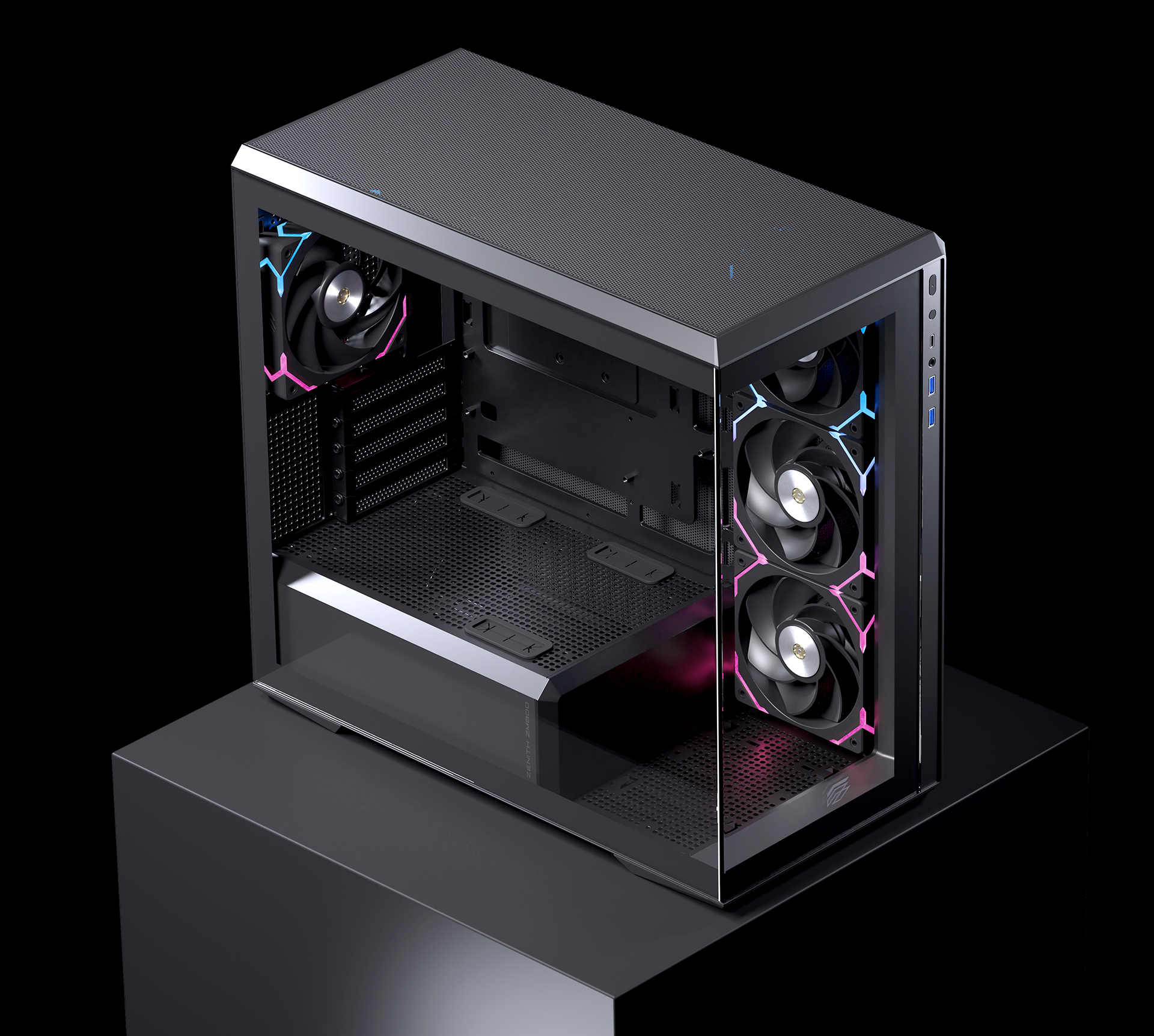Selecting the best processor (CPU) for your desktop PC in 2025 requires understanding the latest advancements in performance, efficiency, and features. Whether you’re building a gaming powerhouse, a content creation workstation, or an everyday productivity machine, here are the most important CPU specifications to consider.

1. Core Count & Threads
Modern CPUs now offer even more cores and threads, with hybrid architectures (like Intel’s P-Cores & E-Cores) becoming standard.
- 6-8 cores (e.g., Intel Core Ultra 5 265K, AMD Ryzen 5 9600X) – Great for gaming and general use.
- 12-16 cores (e.g., Intel Core Ultra 7 275K, AMD Ryzen 7 9800X3D) – Ideal for streaming, video editing, and heavy multitasking.
- 24+ cores (e.g., Intel Core Ultra 9 285K, AMD Ryzen 9 9950X) – Best for professional workloads like 3D rendering and AI tasks.
New in 2025: AMD’s Zen 5 and Intel’s Arrow Lake (Core Ultra 200 series) bring improved multi-threading efficiency. More games and apps are optimized for 16+ threads, making high-core CPUs more future-proof.
2. Clock Speeds & Boost Technologies
- Single-core performance remains crucial for gaming and responsiveness.
Base Clocks: ~3.5–4.0 GHz (entry-level), ~4.5+ GHz (high-end).
Boost Clocks: Up to 6.0 GHz+ (e.g., Intel’s Core Ultra 9 285KS, AMD’s Ryzen 9 9950X3D).
New in 2025: Intel’s Turbo Boost Max 4.0 and AMD’s Precision Boost Overdrive (PBO) 2 push speeds even higher with better thermal management.
3. CPU Architecture & Process Node
- Intel Core Ultra 200 (Arrow Lake, LGA 1851, 20A process) – Expected ~15% increased performance over Meteor Lake (previous gen).
- AMD Zen 5 (AM5, 4nm/3nm process) – Major efficiency and performance gains.
Which to choose? High-end gaming: Intel’s high clock speeds or AMD’s X3D (3D V-Cache) models. Efficiency & Multithreading: AMD Zen 5 leads in power efficiency.
4. Cache Memory (L3 Cache Matters More in 2025)
- Entry-level (Ryzen 5 / Core Ultra 5): 24–32MB L3 cache.
- High-end (Ryzen 9 / Core Ultra 9): 64–128MB+ L3 cache (X3D chips go up to 192MB).
Why it matters: Larger cache improves gaming (1% lows), AI workloads, and compilation tasks.
5. Power Efficiency & TDP (Thermal Design Power)
- Low-power (35–65W): AMD’s Ryzen 5 9600X, Intel’s Core Ultra 5 265T (great for compacts form factor and budget PCs).
- Mainstream (105–125W): Most gaming CPUs (e.g., Ryzen 7 9700X, Core Ultra 7 275K).
- High-end (170W+): Core Ultra 9 285K, Ryzen 9 9950X (require robust cooling).
New in 2025: Better power efficiency in Zen 5 and Arrow Lake and AI-based power management (Intel’s Thread Director 3.0, AMD’s CPPC2).
6. Socket & Motherboard Compatibility
- Intel: LGA 1851 (Core Ultra 200 series) – Requires 800-series motherboards (Z890, B860).
- AMD: AM5 (Ryzen 9000) – Compatible with X670E, B650, and new B850 boards.
Futureproofing? AMD’s AM5 will likely support Zen 6 (2026), while Intel’s LGA 1851 may last only one more generation.
7. Price-to-Performance (Best 2025 Picks)
Use Case
- Budget Gaming
- Mid-Range Gaming
- High-End Gaming
- Content Creation
- Efficiency Builds
Best CPUs (2025)
- AMD Ryzen 5 9600X, Intel Core Ultra 5 265
- AMD Ryzen 7 9800X3D, Intel Core Ultra 7 275K
- AMD Ryzen 9 9950X3D, Intel Core Ultra 9 285KS
- AMD Ryzen 9 9950X3D, Intel Core Ultra 9 285K
- AMD Ryzen 5 9600X, Intel Core Ultra 5 265T
Final Verdict: What to Buy in Q2 2025?
- Gamers: AMD’s X3D CPUs (best cache optimization) or Intel’s high-clock Core Ultra models.
- Creators/Pros: Ryzen 9 9950X or Core Ultra 9 285K for multi-core workloads.
- Budget Builders: Ryzen 5 9600X or Core Ultra 5 265 offer great value.


